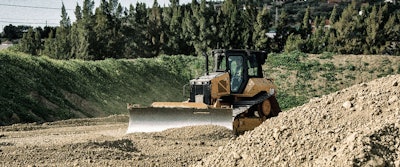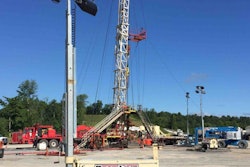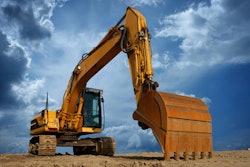
Whether you’re grading a site, digging a foundation or laying asphalt, there’s no question that employing grade control technology can boost your speed, accuracy and precision. But how does that translate into money saved? Here are five benefits you’ll see on your bottom line:
1. It improves your fuel efficiency.
Fuel efficiency is a measure of how productive your equipment is per unit of fuel consumed. Grade technology provides real-time data right in the cab, so operators don’t have to waste time looking at plans or waiting on info from someone else on site. That reduces idle time and helps you get to grade faster in the fewest number of passes. Either you achieve the same amount of production over a shorter period of time, or you increase your production over the same time period. The result is the same: less fuel burned to get the work done.
2. It increases your machine utilization.
Effective utilization means every machine on site is contributing to your progress and adding value. You can’t afford to own or rent equipment that spends part of the day sitting on the sidelines waiting on its next task. And with today’s supply chain constraints, you may be finding it difficult to access the same number of machines you used to rely on to get a job done. Grade control helps you get the most production out of every piece of equipment you’re operating — maximizing every hour those wheels or tracks are turning.
3. It makes you more flexible.
In the past, you might have assigned specific machines to specific grading tasks — but again, given today’s supply chain issues, that may no longer be an option. The plug-and-play capability of grade technology makes it easy for you to scale up or scale down based on your operation’s needs. A machine can run with a 2D system today and easily be retrofitted with 3D grade control next week to take on a more complex task. It’s all about getting more production and more benefit from a single piece of iron.
4. It raises operator productivity.
Grade technology enables any operator — regardless of experience level — to get to grade faster. That’s critical given today’s labor shortage. With the entire design right in the cab, and the machine carrying the grade every single millimeter of the job, hours in the seat don’t matter as much anymore. The technology helps flatten the learning curve. And it’s not just inexperienced operators who benefit. Older workers, whose eyes may no longer be sharp enough to make out the numbers on grade stakes, now don’t need to look any further than the machine’s display for the information they need.
5. It reduces equipment wear and material overages.
Certain machine components are designed to wear over time. If you’re idling too much or not getting to grade as efficiently as possible, then you’re putting extra hours on a machine and will end up replacing parts sooner than necessary. It’s the same with materials — too much time spent moving dirt increases wear and tear on equipment. With grade control, you get material to the right location the first time, saving hours and expenses.
Tune into this podcast to hear more about how contractors are cutting costs with grade control, then take a look at all your Cat® Grade technology options for dozers, excavators and paving equipment.


















